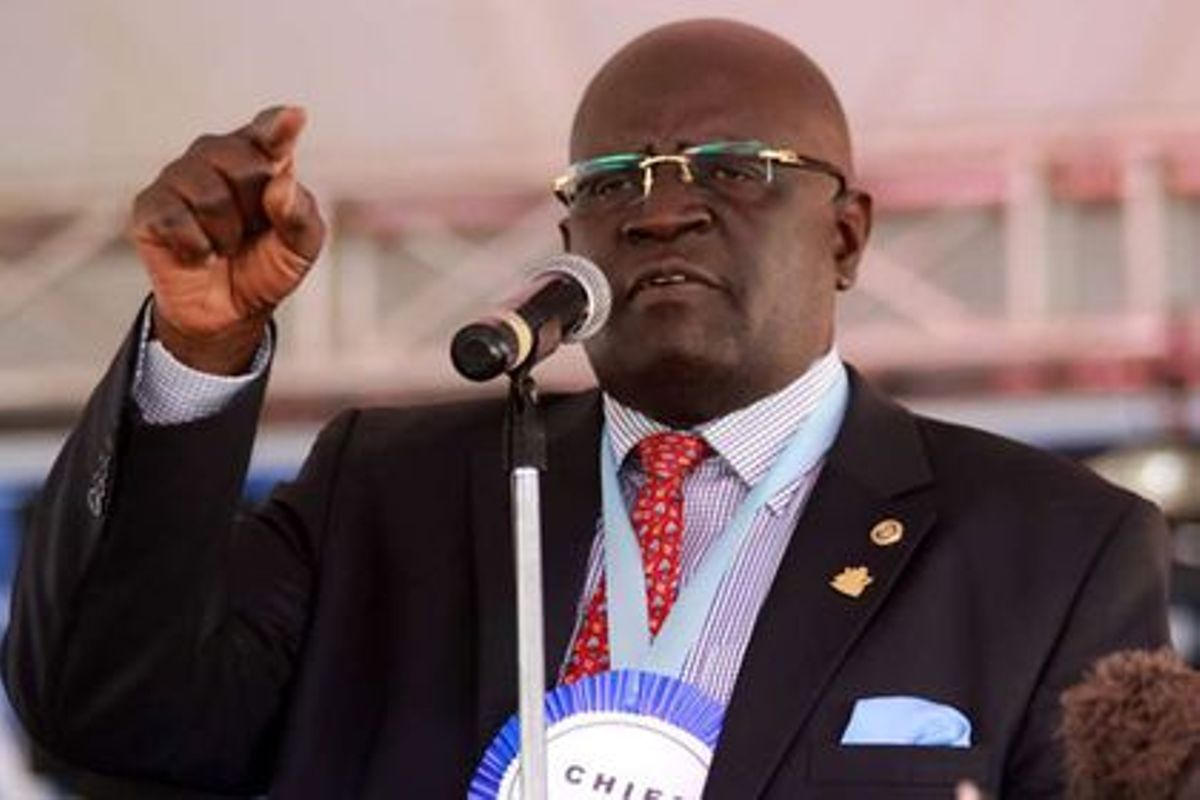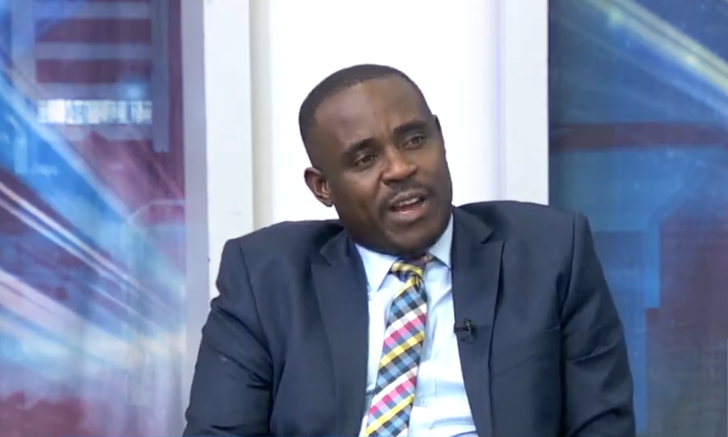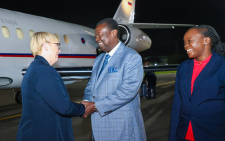Framework for inspection of schools reviewed

The Ministry of Education has reviewed the national quality assurance framework to improve service delivery in learning institutions.
Education Cabinet Secretary Prof George Magoha said the , will enhance learning outcomes based on evidence and good practice.
Magoha said that over the years, the mode of inspection of early learning and basic education institutions had not led to improvement in quality learning outcomes, service delivery and stakeholders’ satisfaction.
“Inspection lacked harmonised standard quality assurance guidelines and tools, stakeholder involvement and participation in quality management processes and was largely limited to diagnosis without helpful support for school improvement,” said the CS.
To accurately measure quality, learning environment, teacher quality, home school relationship, quality of the learner as well as school leadership and management must be accounted for.
Self assessment
The framework will identify and bring together tools into one comprehensive quality measuring package.
It has introduced school assessment tool to be used during the self-school assessment, peer reviews and external assessment.
The ICT enabled process will ride on the existing National Education Management Information System (NEMIS) where every school will upload its self assessment and peer review assessment annually.
Recognising education reforms and Competency Based Assessment (CBC), the framework calls for the need to institutionalise standards of quality to the level being understood by learners, assessors and other stakeholders.
According to the framework, by the end of Early Years Education (EYE) the learner should be able to demonstrate values and competencies.
Competencies expected at EYE include demonstrating basic literacy and numeracy skills for learning, communicate appropriately using verbal and non verbal modes in a variety of contexts, apply creativity and critical thinking in problem solving as well as applying digital literacy skills for learning and enjoyment.










